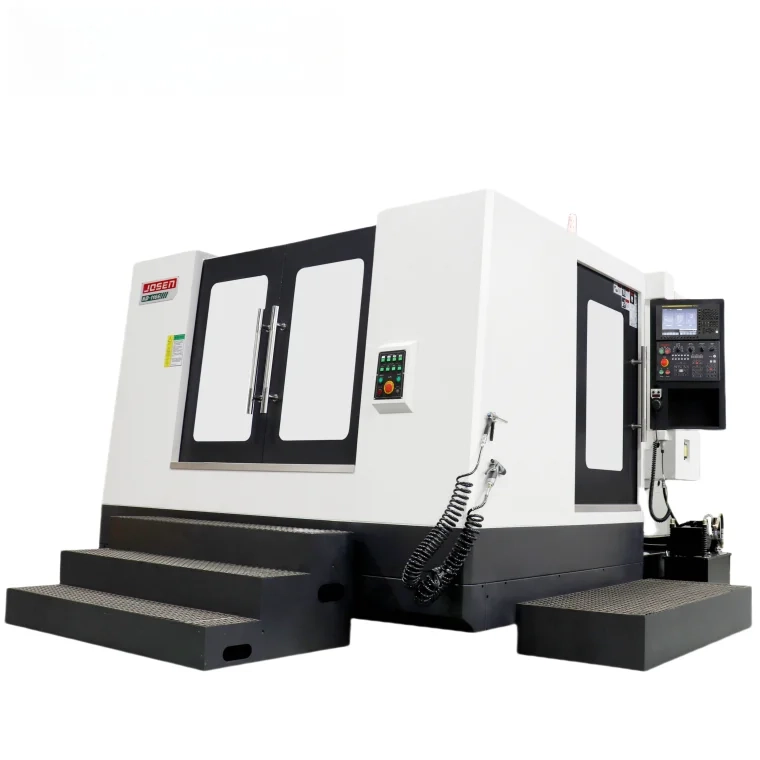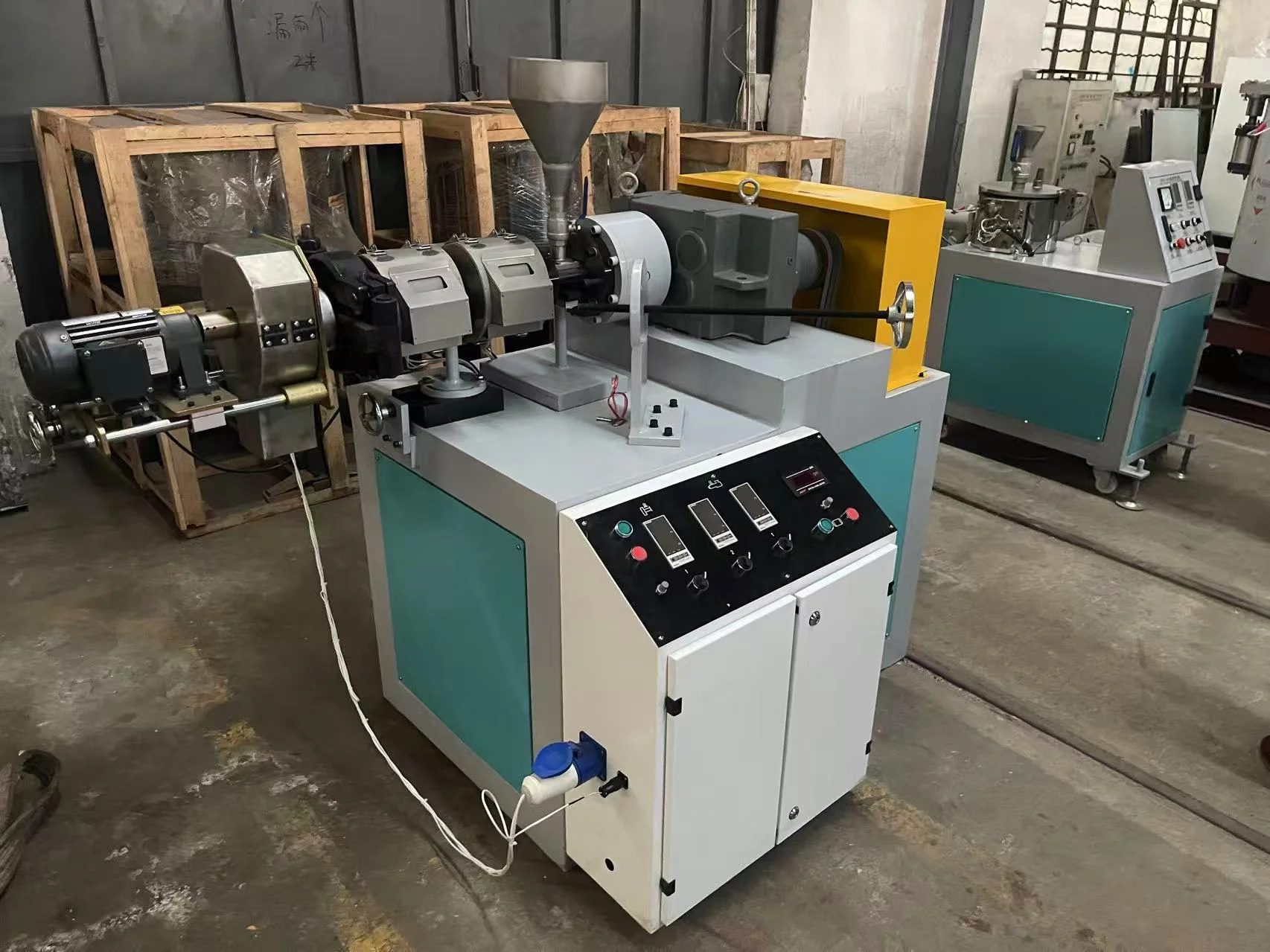As the temperatures rise, finding effective ways to cool your living space becomes a priority. While air conditioning units are often the go-to solution, fans can provide a cost-effective and energy-efficient alternative. However, with a plethora of options available, the question arises: What type of fan is best to cool a room? This article delves into the various types of fans, their mechanisms, and how to choose the right one for your specific needs.
Understanding the Types of Fans
- Table Fans
- Overview: Compact and portable, table fans are ideal for personal cooling. They can be easily moved from room to room.
- Best Use: Perfect for small spaces or for use while working at a desk. They provide direct airflow and can be adjusted for angle and speed.
- Pedestal Fans
- Overview: These fans stand on a tall base and can be adjusted in height. They typically have a larger blade diameter than table fans, allowing for greater airflow.
- Best Use: Suitable for larger rooms where air circulation is needed. They can oscillate to cover a wider area, making them effective for cooling multiple people at once.
- Tower Fans
- Overview: Tower fans are sleek and space-saving, often featuring a vertical design that fits well in corners or tight spaces. They usually come with multiple speed settings and oscillation features.
- Best Use: Ideal for modern interiors, tower fans offer a good balance of aesthetics and functionality. They are particularly effective in rooms with limited floor space.
- Window Fans
- Overview: Designed to be installed in windows, these fans can either pull in fresh air from outside or exhaust stale air from inside.
- Best Use: Excellent for cross-ventilation, especially during cooler evenings. They work best in tandem with other cooling methods to enhance airflow.
- Ceiling Fans
- Overview: Ceiling fans circulate air throughout the room and can be used year-round. Many models come with reversible motors, allowing for both cooling and heating.
- Best Use: Ideal for larger spaces, ceiling fans can create a wind-chill effect that makes the room feel cooler. They are also energy-efficient, consuming less power than air conditioning.
- Bladeless Fans
- Overview: Utilizing air multiplier technology, bladeless fans create a smooth airflow without the traditional blades. They are quieter and easier to clean.
- Best Use: Suitable for households with children or pets, as they eliminate the risk of injury. They also offer a modern aesthetic and can be used in various settings.
Factors to Consider When Choosing a Fan
- Room Size
- The size of the room plays a crucial role in determining the type of fan you should choose. Larger rooms may require pedestal or ceiling fans, while smaller spaces can benefit from table or tower fans.
- Airflow Needs
- Consider how much airflow you need. For instance, if you’re looking to cool a room quickly, a fan with a higher CFM (cubic feet per minute) rating will be more effective.
- Noise Level
- If you’re sensitive to noise, look for fans designed for quiet operation. Bladeless fans and some high-quality tower fans tend to operate more quietly than traditional models.
- Energy Efficiency
- Fans are generally more energy-efficient than air conditioning units, but some models are designed to consume even less power. Look for fans with energy-saving features or those that are Energy Star certified.
- Aesthetic Preferences
- The design of the fan can impact your room’s decor. Choose a fan that complements your interior style, whether it’s modern, traditional, or minimalist.
Conclusion
Choosing the right fan to cool your room involves understanding the various types available and considering factors such as room size, airflow needs, and energy efficiency. Whether you opt for a ceiling fan for its broad coverage or a portable table fan for personal use, the right choice can significantly enhance your comfort during the warmer months. By making an informed decision, you can enjoy a cooler living space without the high costs associated with air conditioning.




More Stories
Maximizing Efficiency and Precision with Horizontal Machining Centers
Mini Single Screw Extruder: Precision Engineering and High-Performance Application Guide
How a laser wire marking machine Enhances Identification Accuracy in Modern Cable Manufacturing